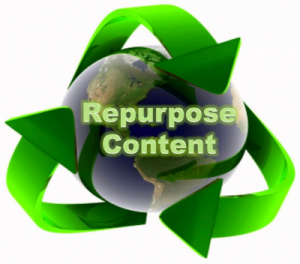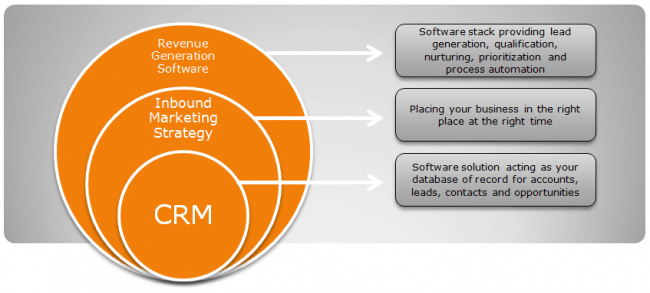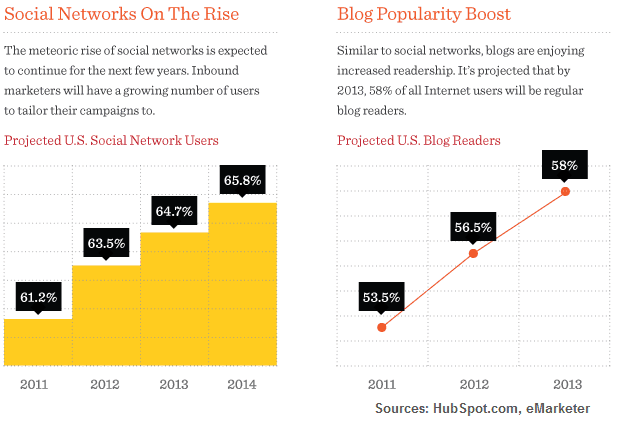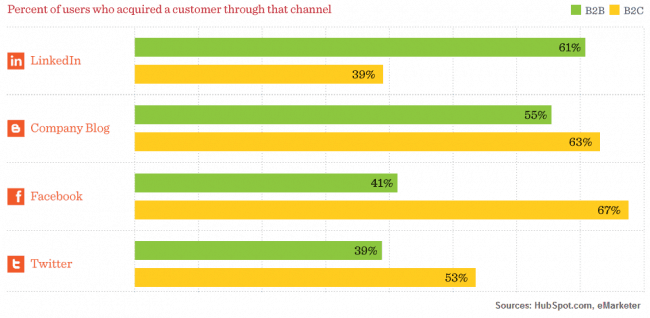Buzzwords in Marketing Automation: Inbound Marketing
Inbound Marketing: its meaning and how it relates to marketing automation. A part of the series Buzzwords in Marketing Automation.
At one time, outbound marketing was all the craze. Then, marketers finally woke up and realized that inbound marketing is the way to get qualified leads. They realized something else, too, though. Inbound marketing is a time-consuming process. Fortunately, folks quickly discovered that combining inbound marketing tactics with marketing automation strategies allowed them to harness the power of inbound marketing without the burden of finding extra time to do so.
What is Inbound Marketing?
Before you dive into inbound marketing with marketing automation tools, you need to be certain you are clear on what this type of marketing is. To put it simply, inbound marketing is the process of using quality content to bring people to your website, and then turning those people into paying customers.
There are three main components of inbound marketing. First, you attract potential customers. You do this with blog posts, white papers, eBooks, and other forms of content. Each piece of content is targeted in order to attract the right people.
Then, you convert visitors into leads. You do this with calls-to-action and lead generation forms on your website.
Next, you go for the close with lead nurturing. During this process, people go inside of your sales funnel.
This is a simplified look at inbound marketing. If you had to go through the process all by yourself, you would have to roll up your sleeves and go through a series of tiresome steps over and over again. Fortunately, things can be simplified with marketing automation.
Marketing Automation to the Rescue
Marketing automation software has the power to track leads as they engage with different types of content. For instance, if they download a piece of content, the software can track that person from here on out. The software also has the power to score leads based on their actions once they arrive at the site. This will help you understand what strategies are working and which ones need to be replaced.
Normally, you would have to submerge yourself in hundreds of pages of data to understand user behavior, but marketing automation software is able to assign scores and provide data in seconds. This information makes it easy to run a powerful inbound marketing campaign.
If you try to manage an inbound marketing campaign on your own, it is incredibly complicated. You have people coming in from multiple traffic sources and once they arrive on your site, they engage with different pieces of information. Utilize marketing automation software to quiet the noise so you can see the real picture – what’s working and what’s not.














